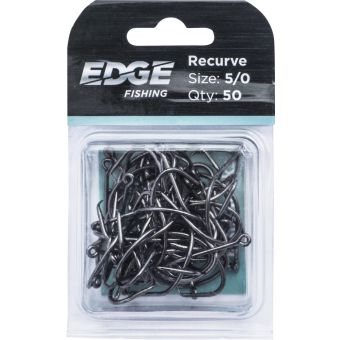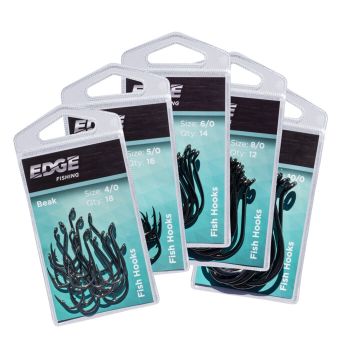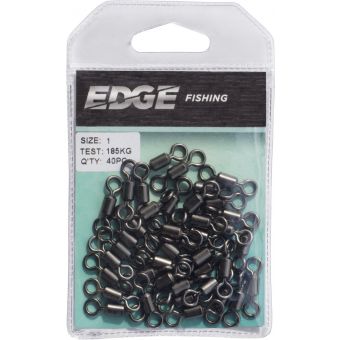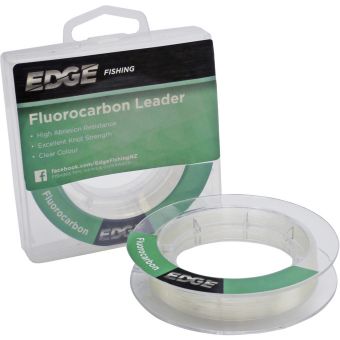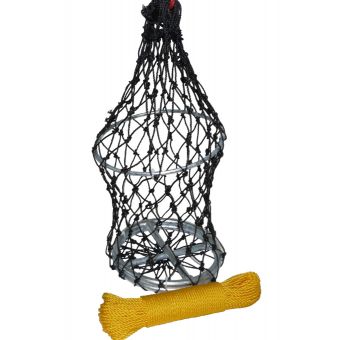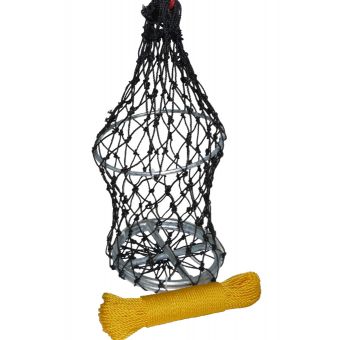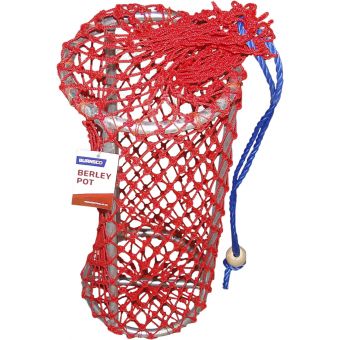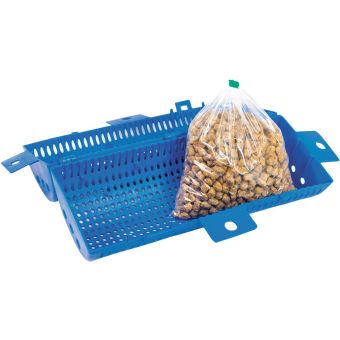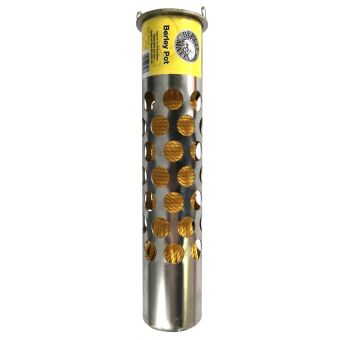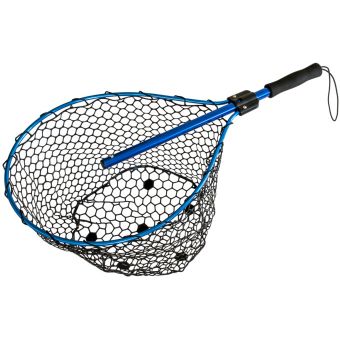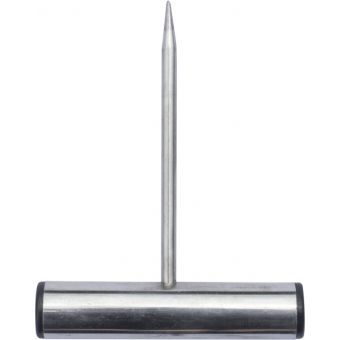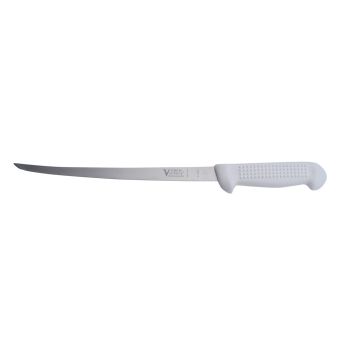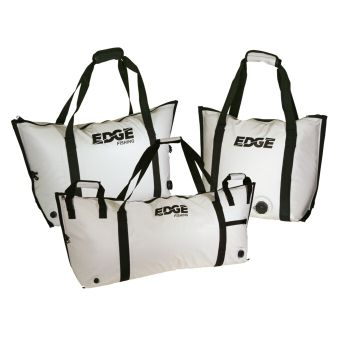Winter is a great time to go straylining for snapper. Straylining is a simple way to present your bait to a fish in the most natural way possible. It’s easy to do, extremely exciting and following the below guide you’ll have lots of fun and hopefully get more bites. Follow these easy tips and techniques and give it a go hopefully get your new personal best snapper this winter.
STRAYLINING FOR SNAPPER? GET YOUR GEAR READY!
Rod and Reel
There are many different rod and reels on the market and you may be thinking, how do I choose the right one?! Well luckily we have a few scenarios for you and a few things to think about for when you do purchase your next rod and reel, as well as a few options.
Firstly, where will you be fishing? If you are fishing over the sand then realistically, you don't need a big reel, as long as you have some line capacity you will be fine. Most small/mid sized snapper reels will easily fit 150m+ of 8kg monofilament, this is much more than you will need as snapper will not take this much line off the reel. When fishing over sand there is not really any foul for snapper to bust you off on, so as long as you have 100m+ of line you will be fine.
If you are fishing over or around foul ground (kelp/rocks), you will need some stopping power, this means drag. You need a higher drag rating to stop the snapper from running into the foul and potentially breaking your line. In this scenario we would recommend a reel in the 8000-12000 size which has 9kg+ of drag. While you most likely won't be running 9kg+ of drag (as this may break your main line), these reels perform exceptionally well in the 5-7kg drag range which is what you need to stop or slow down those runs from big fish. It then allows you to turn their heads and keep them out of the kelp.
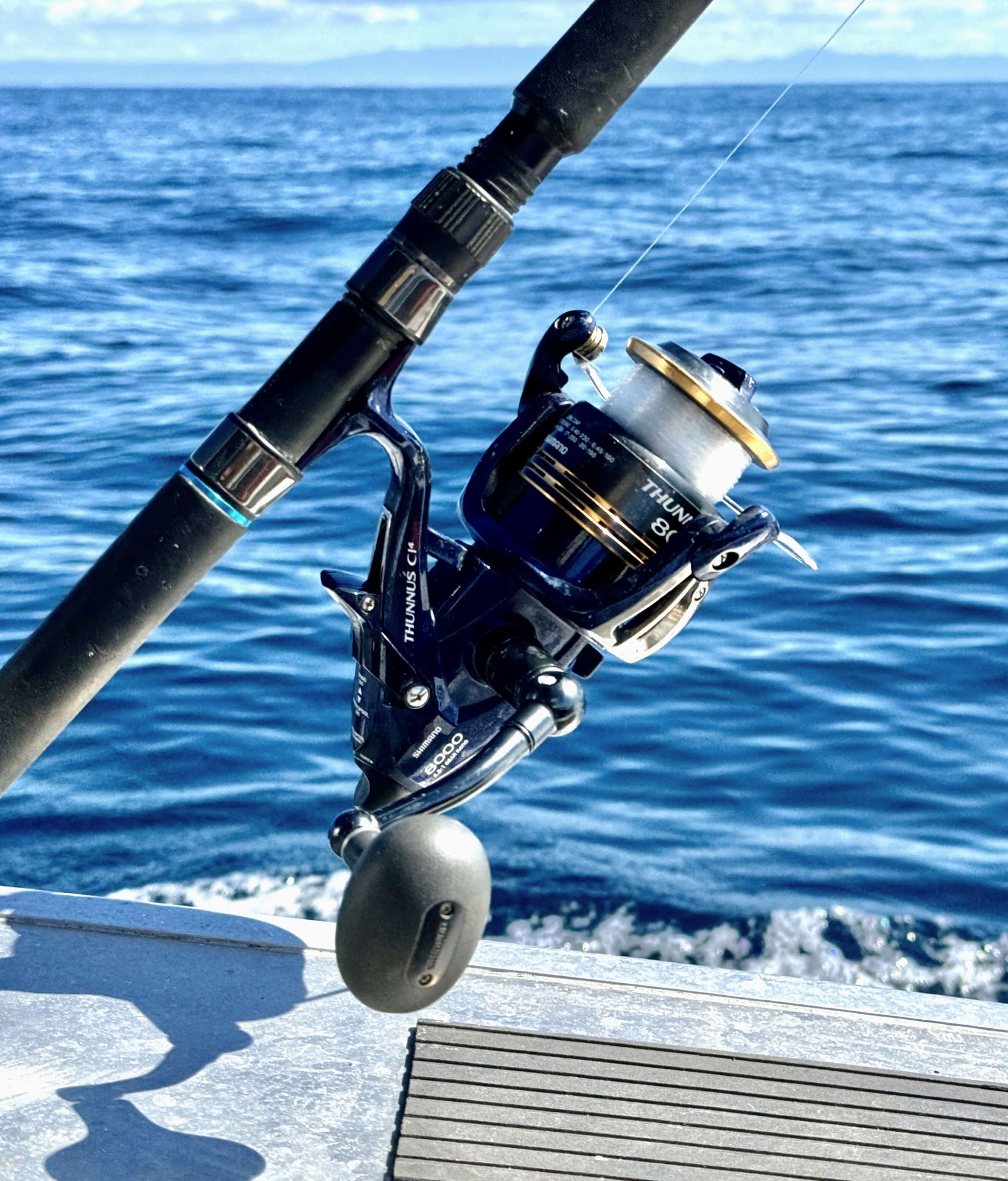

A reel which has a baitrunner function is perfect for straylining. The baitrunner (or baitfeeder, bite & run, liveliner, whichever you want to call it) allows you to have near zero resistance on your reel. This means a fish can pick up your bait, swim away with it and eat it, not feeling resistance from the line. Once you are satisfied that the fish has eaten it you can either click the reel into gear with the lever, or by simply winding the handle, this then activates your main drag and you can wind in the fish.
You can achieve similar results with an overhead reel, this is the authors preferred method. By using an overhead reel you can still cast big baits down the back of a berley trail (with practice). Overheads also allow better 'feel' of the line. You are in constant contact with the line as it is coming off the reel so you can feel any sort of tap or tension. Additionally, you can also 'walk' the line back onto your reel with your fingers without having to engage or disengage a baitrunner lever. If you are leaving the rod in a rod holder, simply engaging the clicker on the side of the reel acts like a baitrunner, allowing line to come off with minimal to no resistance. Once you get a run from a fish you can simply engage the spool by clicking the lever up (for star drag reels) or pushing the lever to strike (for lever drag reels) and you are back fighting the fish from your main drag setting again.
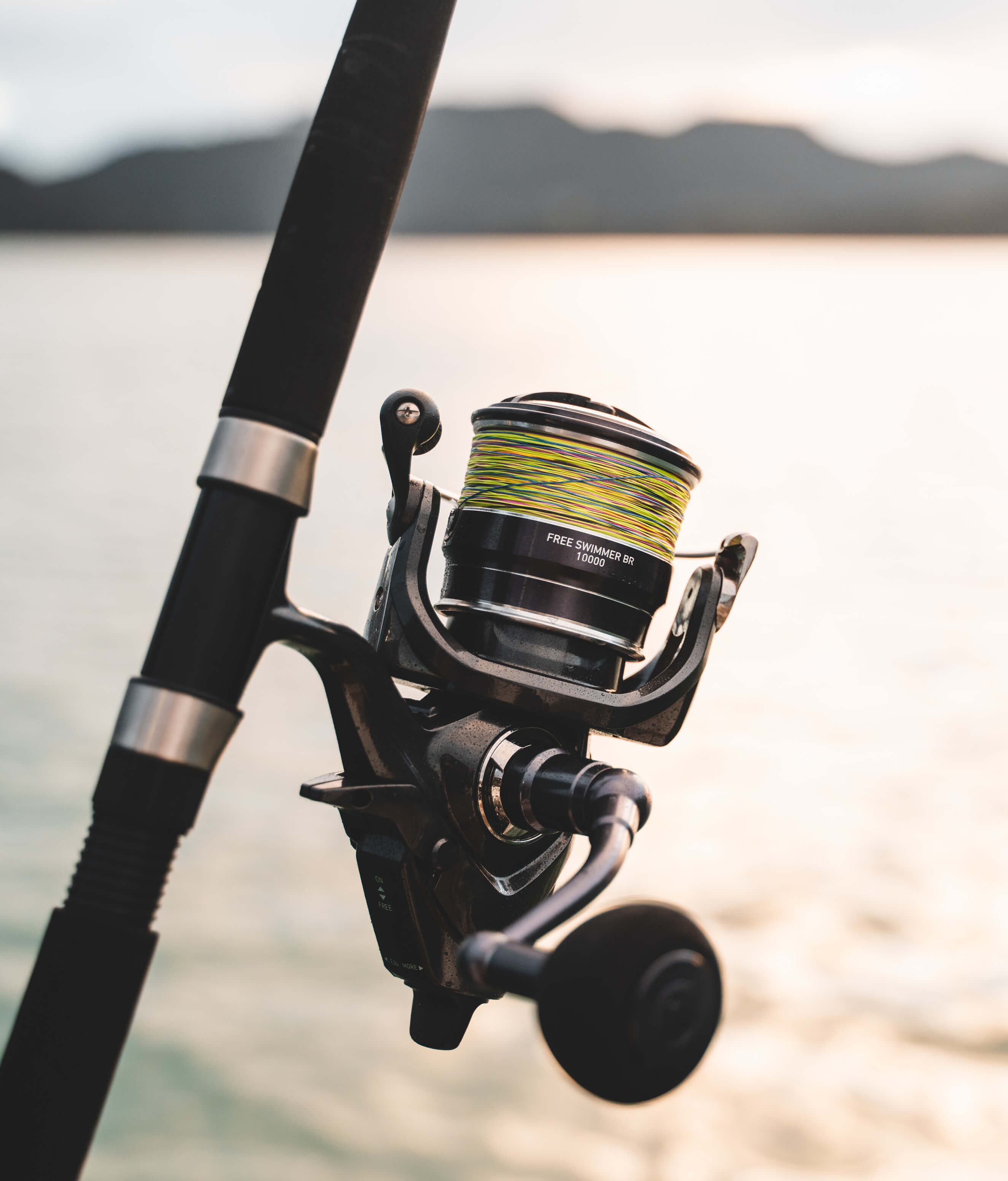

Rods - These will vary depending on the platform you are fishing from and the size of the reel you are purchasing. Most straylining reels will come set on a rod as part of a combo, the rod will be paired based on balance, line rating and specification, this makes the decision much easier. A very general rule of thumb is 4000 size reels go with 4-8kg or 5-10kg (generally graphite) rods, 6000-8000 sized reels with 6-10kg or 10kg rods, and 10000-12000 sized reels are with 10-15kg rods.
If you are straylining off the rocks - an 8'0'' - 10'0'' ft rod is recommended, this allows you the length required to flick your bait furthur, manoeuver over rocks, and to turn the fishes head and keep it out of the foul.
Straylining off a boat - a 6'6'' - 7'0'' ft rod is recommended, it allows you to reach over the motor if you need to go from one side of the boat to the other, while also providing good stopping power and the ability to cast to your bait that bit furthur down the berley trail if required.
Straylining off a kayak - anything from 5'6'' to 7'0'', this is more of a personal preference. Some anglers prefer a longer rod to be able to reach around the front of your kayak, while others prefer the shorter rod for storing while you are paddling or coming back into shore.
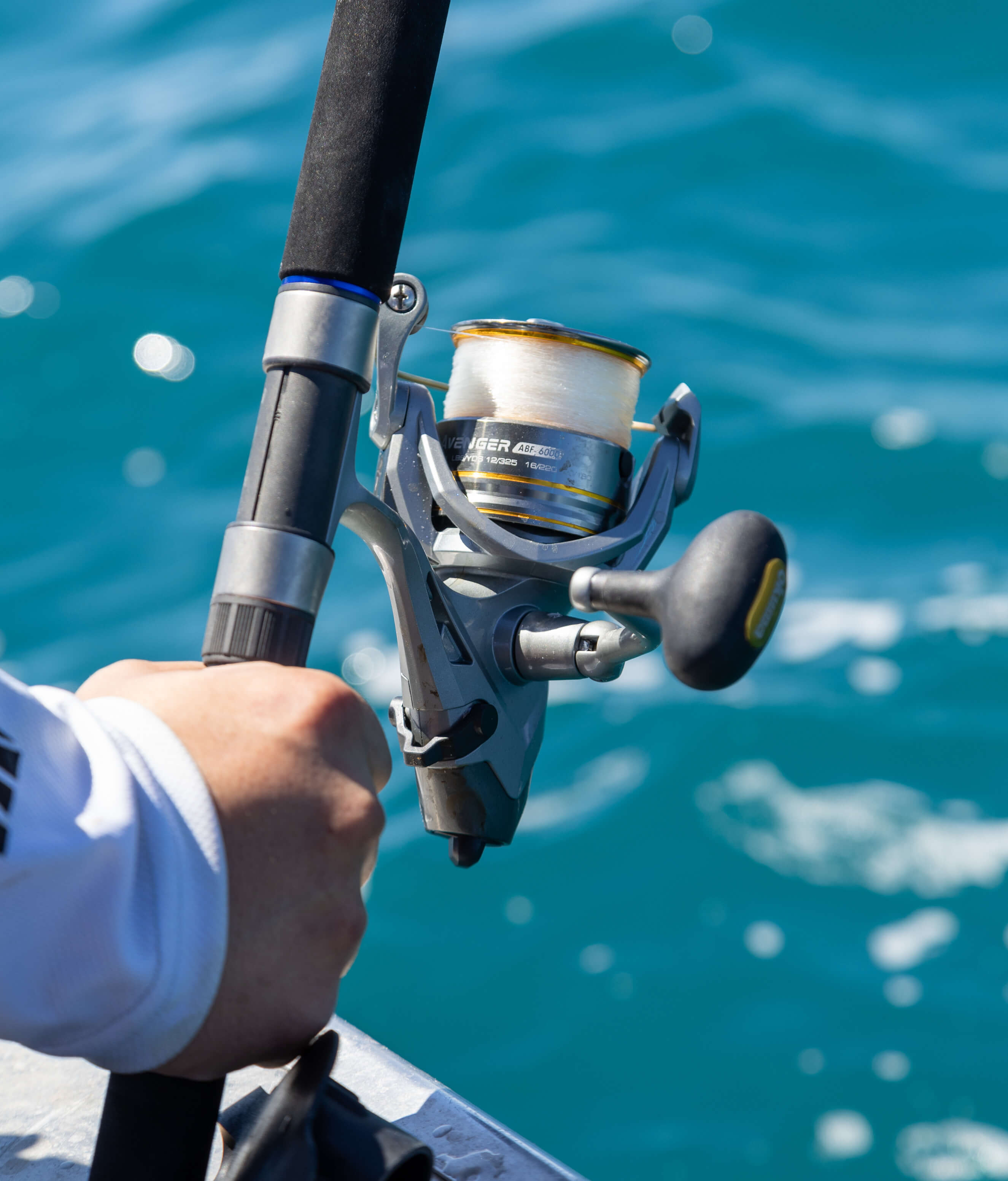

Some examples of spinning straylining combos are:
- Shimano Baitrunner OC - Available sizes: 4000, 6000, 8000, 12000
- Shimano Baitrunner D - Available sizes: 4000, 6000, 8000, 12000
- Shimano Thunnus CI4 - Available sizes: 4000, 6000, 8000, 12000
- Daiwa Free Swimmer BR - Available sizes: 3000, 5000, 8000, 10000
- Okuma Avenger - Available sizes: 4000, 6000, 8000
- Okuma Coronado - Available sizes: 60, 80
- Penn Spinfisher VI Liveliner - Available sizes: 2500, 4000, 6000, 8000
- Penn Fierce Liveliner - Available sizes: 2500, 4000, 6000, 8000
Nb: Not all brands offer the same sizing, make sure to check with the team before purchasing
Some examples of overhead straylining combos are:
- Shimano Talica 10
- Shimano Trinidad 12A and 14A
- Shimano Torium 14HG
- Daiwa Saltist 15H
- Daiwa Sealine SL20 and SL30
- Penn Fathom II 12 and 15
- Penn Squall II 12 and 15
Rig
Your straylining rig will generally consist of 1 or 2 hooks at one end, either beak style or recurve style (we recommend 6/0 or larger).
Tie them on to your trace line with a snell knot or longline knot (Youtube is your friend if you are unsure about these). A ball or egg sinker of your choice, this is purely used to get your bait to the bottom so use the smallest weight possible to achieve this (you may need to increase or decrease your sinker weight during your fishing session due to current and/or wind). A swivel - this is your connection between the trace line and your main line - a uni knot or clinch knot is recommended here.
Tie your strayline rig using quality components as per the diagram to the right.
We recommend using Edge 80lb Monofilament Trace if fishing over foul ground, if fishing over sand then anything 30lb+ will suffice. Remember though, snapper have sharp teeth and powerful jaws so if you are getting bitten off, consider increasing your line weight!
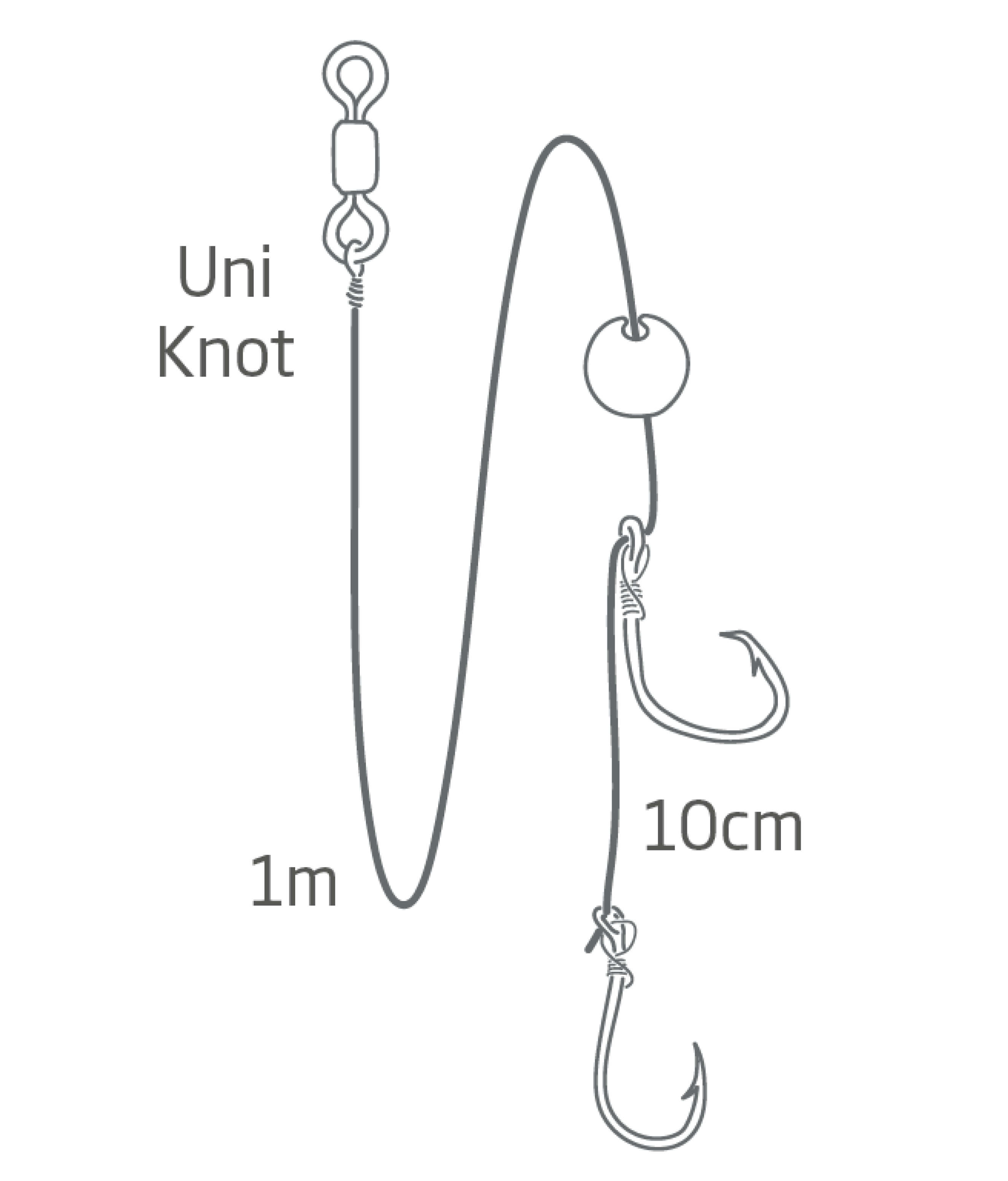

Bait
Match the hatch - consider using bait which can be found in the area you are fishing. If there are mackerel or yellow eyed mullet then use pilchards and mackerel, if you sometimes find squid then try that, these all make great straylining baits. See the supplied picture to see how to rig your bait.
If you are regularly getting small fish or your baits are getting picked apart quickly then give a larger/more solid bait a go. Big strips of bonito/skipjack tuna, butterflied jack mackerel and kahawai fillets all make great baits.
Don't be scared about using really big baits either, they create their own berley trail and take longer to get decimated by little fish, giving those larger ones more of an opportunity to see it.
Berley
It is no secret berley brings in the fish, get a good stream of berley flowing and lots of it. Chucking small chunks of fish over the side also helps, old bait, cubed pilchards, kahawai and trevally frames cut up, it all helps!
Take a good supply, if there is a strong current or the berley has defrosted it can disappear quickly, there is nothing worse than losing all your berley in the first 30 minutes just as the fishing is starting to heat up! You want to get the fish there and also keep them there! Pilchard and Bonito, Salmon and Kina/Shellfish berley all work really well, although we have found the latter does disappear a bit quicker due to the consistency.
If you are need of some bait or berley before your next trip, Burnsco stores have a great range and are also open 7 days a week!
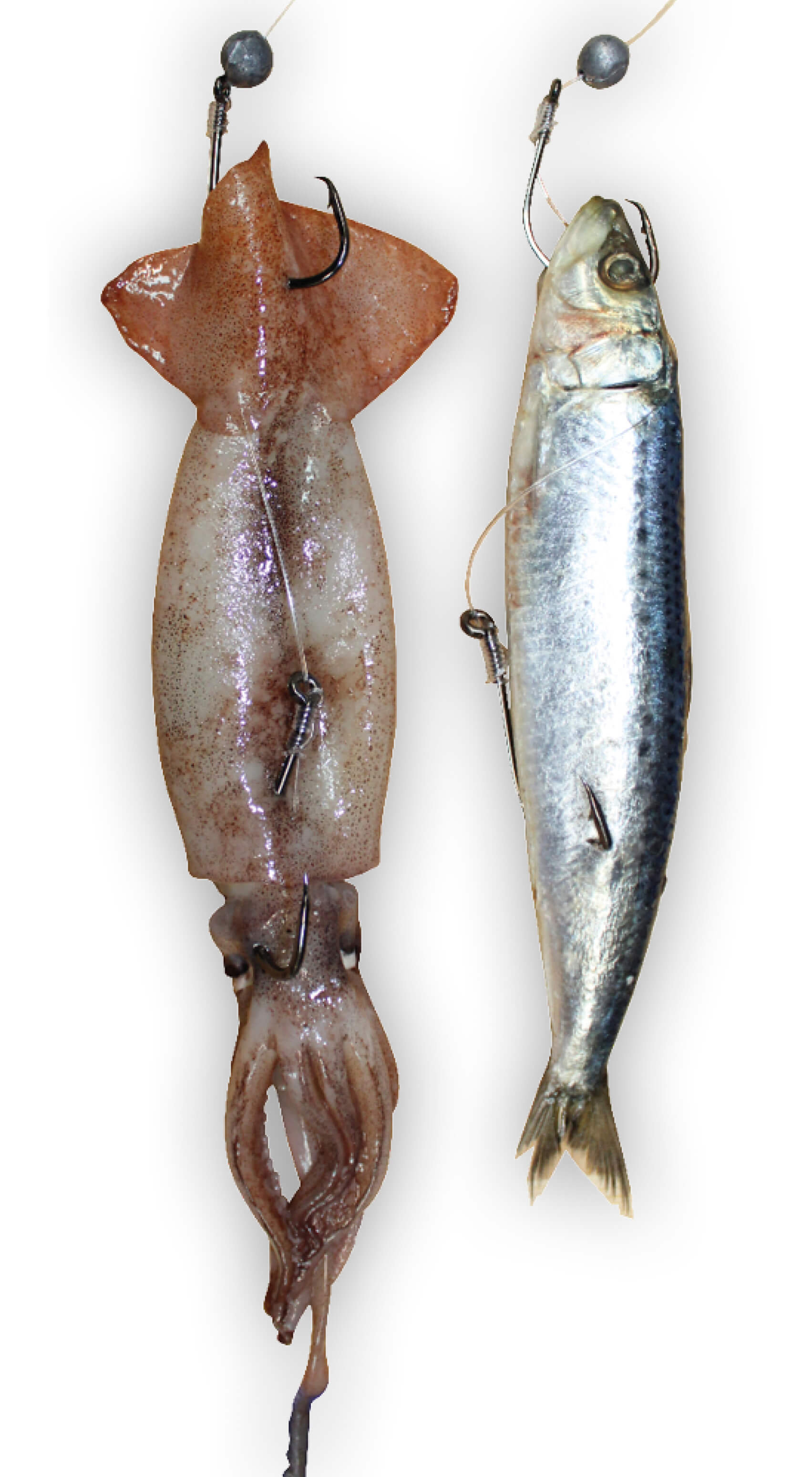

Technique
1- Set up a berley trail !!! Whether you are over sand or reef it is important to bring the fish to you and keep them there, this is what you are achieving with a berley trail. If you are fishing around reef structure, anchor 30-50m up wind/current from it so your berley is drifting back over that structure.
Tip: If fishing 20m+, use a berley cage. This is weighted so you can drop your cage down to the desired depth, allowing your berley to drift back onto any structure behind you.
2- Cast your bait down the berley trail away from the boat. Let it sink a little before flipping your bailarm back over and engaging the baitrunner function. As your bait falls the rest of the way to the bottom snapper will quite often eat the bait on the drop. Once you feel a tap and line start coming off the reel, wait approximately 5-10 seconds (I know this can be hard as it is exciting!) But you want the bait to be completely in the snappers mouth before engaging your main drag and striking.
If you are using Beak style hooks, you will need to do a few winds to take up any slack and stretch in the mono before striking (lifting the rod!)
If you are using Circle or Recurve style hooks, DO NOT STRIKE! Simply engage the lever, and slowly lift the rod, the tension from the line/rod along with the design of the hook will pull the hook into the corner of the mouth, generally resulting in a solid hook up. If you strike a circle hook it is not allowing the hook design to do it's job, and quite often you will pull the hook directly out of the fishes mouth.
Tip: Pull the baitrunner lever back to allow the bait to run free, allowing the snapper to pick up the bait with little to no resistance
3- Once hooked and you have fought the fish with your main drag and brought the fish to the boat, secure you catch boatside with a “fish friendly” silicone landing net. The silicone netting is softer and doesn’t damage the fishes scales or body in case you wish to release it due to it being too big or it is undersize.
Tip: Walk backwards and have someone net your fish for you and always net your fish head first!
4- An iki spike is the quickest humane way of dispatching your catch. Once this has been done, place your fish into a slurry of saltwater and salt ice to keep your catch in pristine condition and ready for eating. Additionally, you can also bleed snapper and practice Shinkei-Jime to get the best possible fillets.
5- A sharp top quality fillet knife transforms your catch into mouth watering fillets quickly and easily with little or no waste.
Tip: Utilise the frames and heads by smoking them or using them to make fish stock for the base of seafood chowders and risottos.
Now is the time to get out there and practice, the fishing is awesome, the weather is fantastic and the snapper are there to be caught! By utilising some of the information in this post, having the right rod and reel and flicking a big bait down the back of a big berley trail you will be in good stead to catch your next PB. Good luck and tight lines!
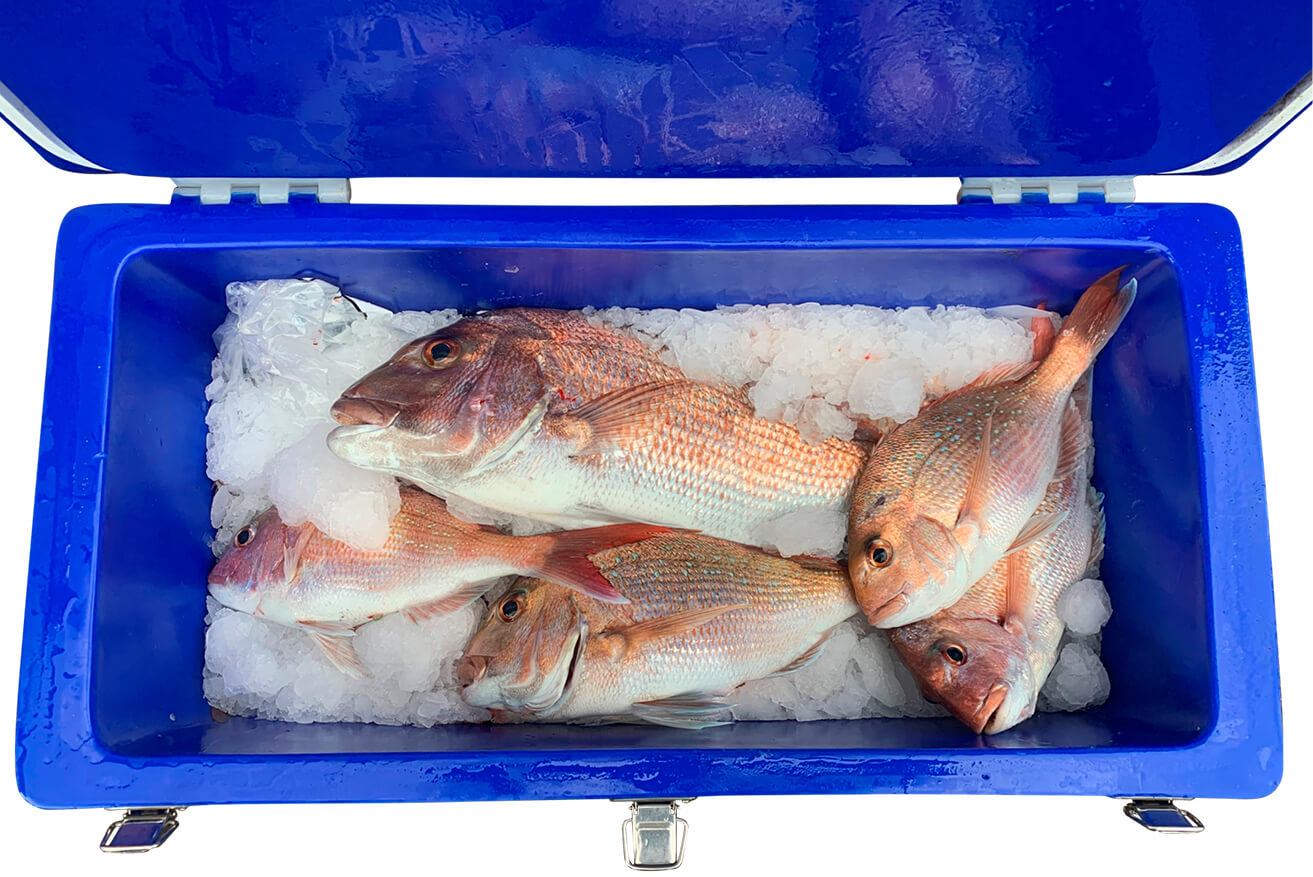

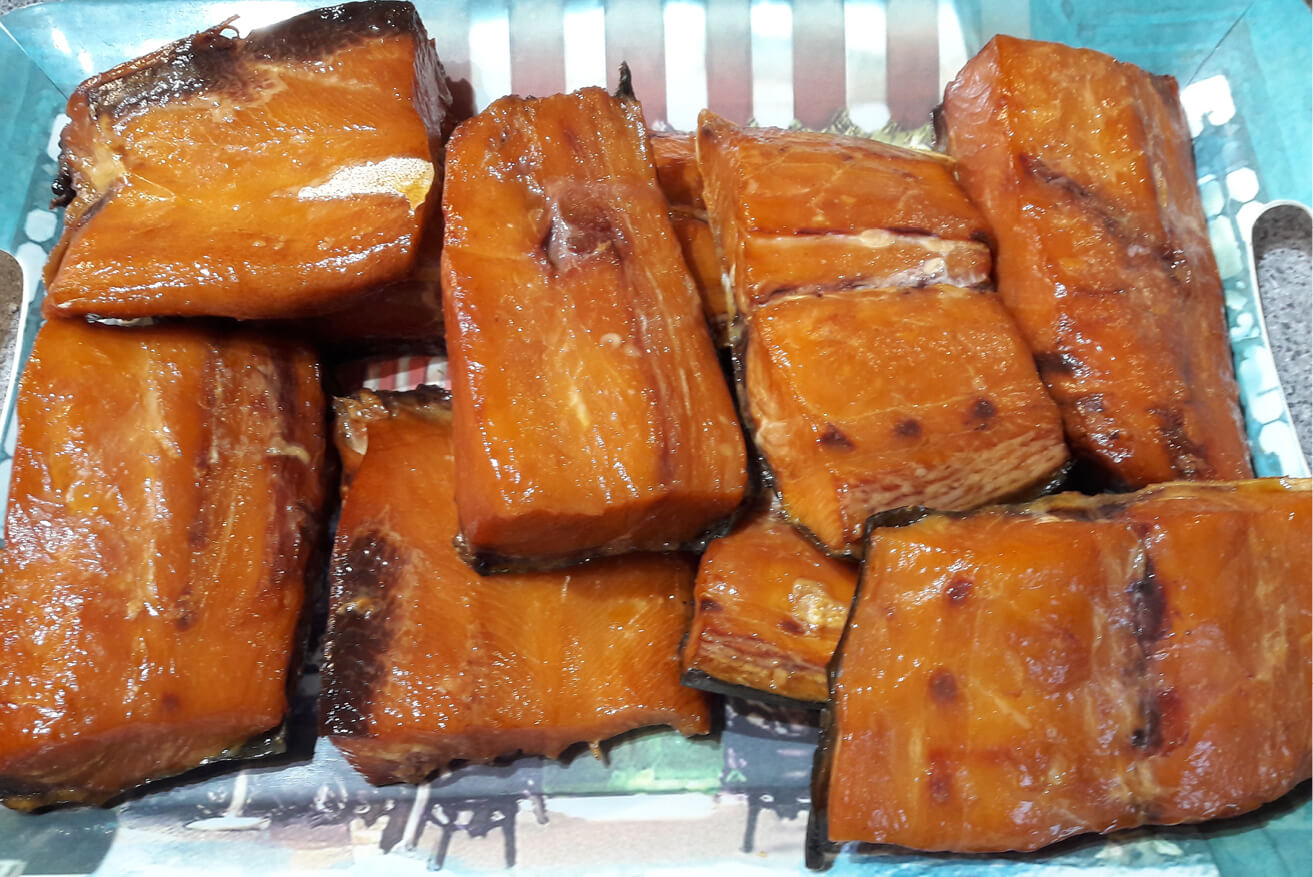

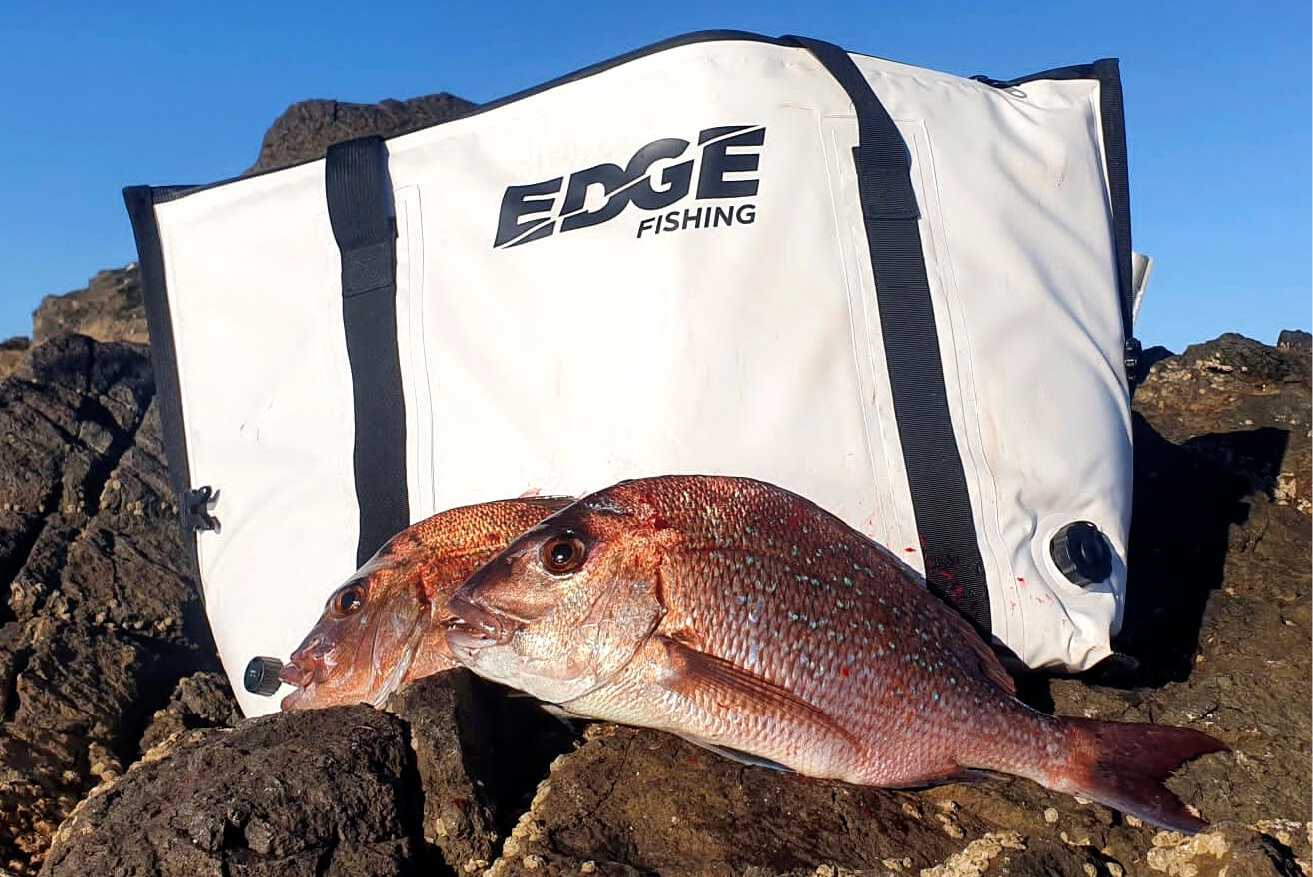

Do you have any questions?
Please, contact our friendly team on 0800 10 20 41 or email: website@burnsco.co.nz
We provide general information on products, not personal advice.
Always seek the help of a relevant tradesperson if you have a technical query.
